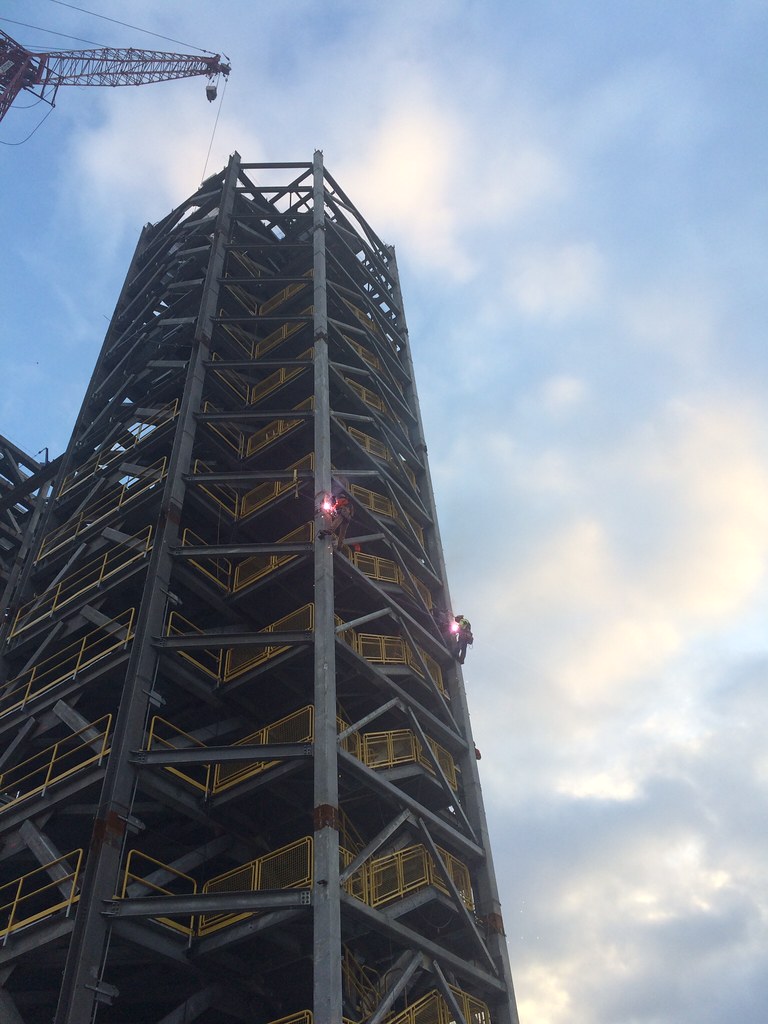
Work at Height Safety 2024
Introduction to Work at Height Safety
Work at height safety is an essential aspect of any industry involving tasks performed above ground level. Whether it’s construction, maintenance, or repairs, ensuring the safety of personnel working at heights is paramount. Each year, numerous accidents occur due to inadequate safety measures, highlighting the critical need for comprehensive protocols and adherence to safety standards.
Legal Framework and Regulations
Governments and regulatory bodies worldwide have established stringent guidelines to mitigate risks associated with working at heights. Organizations, such as the Occupational Safety and Health Administration (OSHA), mandate specific safety protocols and require compliance to minimize accidents and ensure worker safety.
Risk Assessment and Management
Identifying potential hazards before commencing work at height is crucial. Conducting thorough risk assessments helps in recognizing dangers and implementing effective control measures to prevent accidents. Employers must prioritize hazard elimination or control to enhance safety.
Training and Education
Proper training equips workers with the skills and knowledge necessary for safely executing tasks at elevated positions. From understanding equipment usage to emergency procedures, comprehensive training plays a pivotal role in minimizing risks.
Equipment and Safety Gear
The use of appropriate safety gear and equipment is non-negotiable when working at heights. Harnesses, helmets, guardrails, and fall arrest systems are among the crucial tools that must be used correctly to ensure worker safety.
Best Practices for Work at Height
Implementing stringent safety protocols and precautions is essential. Establishing clear procedures and emergency protocols can significantly reduce the likelihood of accidents and minimize their impact if they occur.
Technology Advancements in Safety
Advancements in technology have revolutionized safety measures at heights. Drones for inspections, innovative materials for equipment, and virtual reality-based training are some of the cutting-edge tools aiding in height safety.
Case Studies and Real-life Examples
Real-life instances of successful safety implementations serve as valuable learning experiences. Analyzing past incidents helps in understanding the importance of adhering to safety guidelines and protocols.
Cost-Benefit Analysis of Safety Measures
Investing in height safety measures may involve significant costs. However, the long-term benefits, including reduced accidents, enhanced productivity, and improved employee morale, outweigh the initial expenses.
Challenges in Implementing Safety Measures
Resistance to change and cultural barriers within organizations can hinder the implementation of safety measures. Overcoming these challenges requires a concerted effort and a shift in mindset towards prioritizing safety.
Monitoring and Evaluation
Regular inspection and evaluation of safety protocols are necessary to ensure their effectiveness. Continuous improvement strategies based on evaluations are crucial for maintaining a safe working environment.
Global Perspective on Work at Height Safety
Comparing safety standards worldwide highlights the need for a global approach to improving work at height safety. Collaborative efforts and sharing best practices can enhance safety across borders.
Future Trends and Predictions
The future of work at height safety is poised for further advancements. Evolving technologies and methodologies are expected to redefine safety practices, making them more efficient and reliable.
Conclusion
In conclusion, prioritizing work at height safety is imperative for any industry. The integration of robust safety measures, comprehensive training, and embracing technological advancements are crucial steps toward ensuring a safer working environment for all.
Work at Height Hazards and Control Measures
OSHA Scaffold Guardrail Requirements
OSHA Stair Handrail Requirements
FAQs on Work at Height Safety
- Why is work at height safety so crucial? Work at height involves inherent risks, and prioritizing safety prevents accidents and ensures worker well-being.
- What are the common safety gear used for work at height? Safety harnesses, helmets, guardrails, and fall arrest systems are among the essential safety gear.
- How can organizations overcome resistance to implementing safety measures? Engaging employees, providing comprehensive training, and emphasizing the benefits of safety measures can help overcome resistance.
- Are there global standards for work at height safety? While standards vary, collaborative efforts aim to establish universal safety guidelines.
- What role does technology play in improving work at height safety? Technology aids in inspections, training, and developing more advanced safety equipment, enhancing overall safety measures.
























